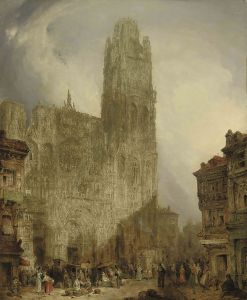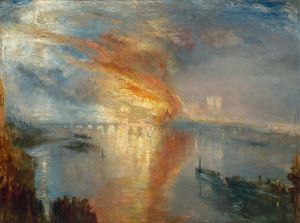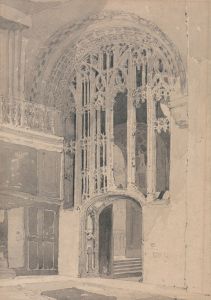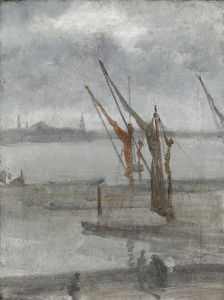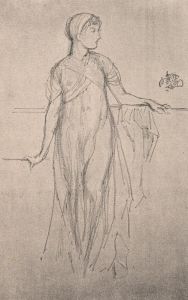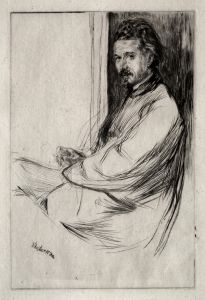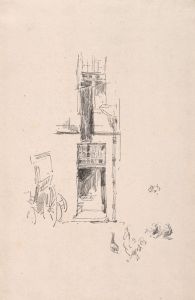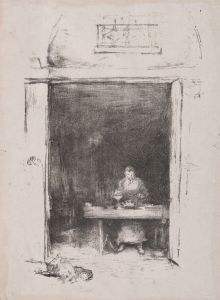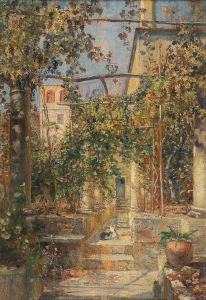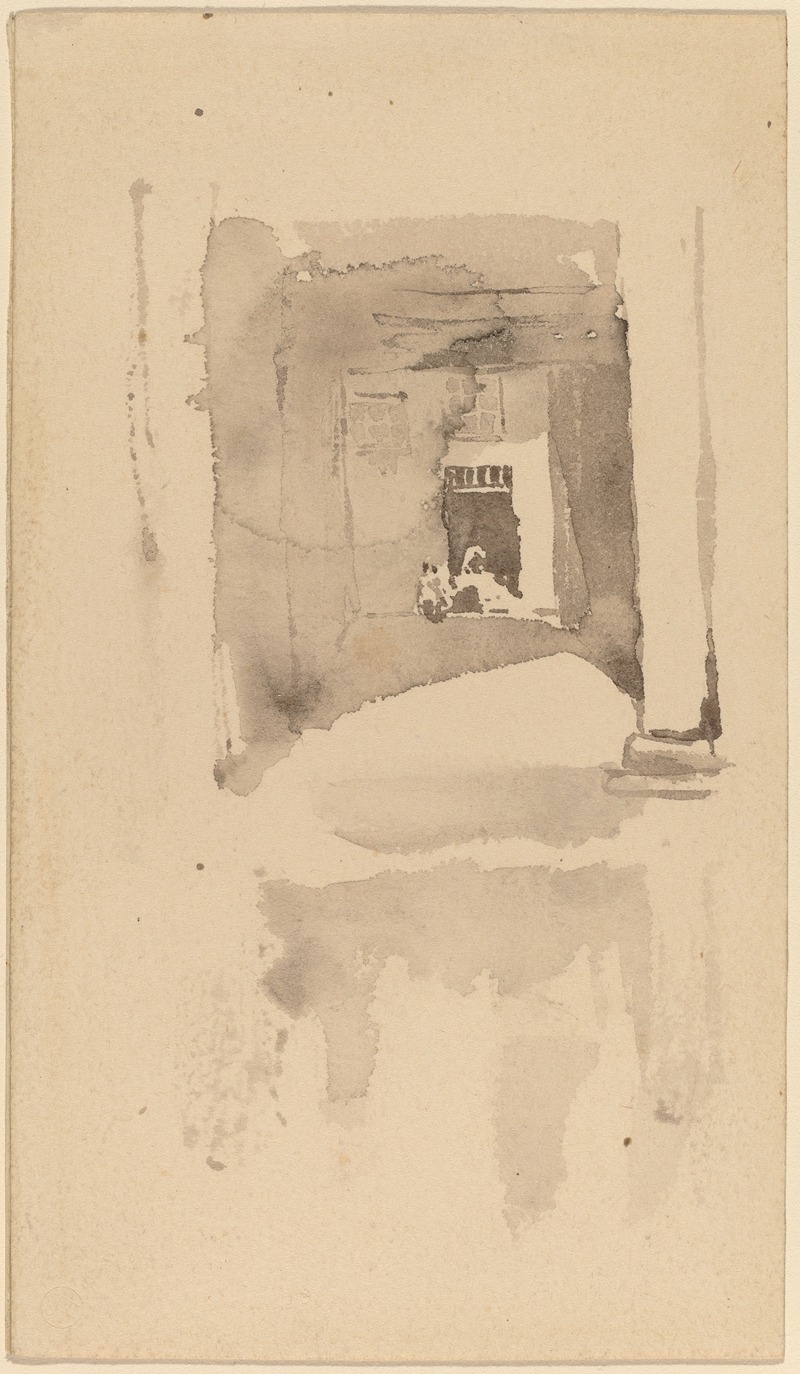
A Doorway in Ajaccio
A hand-painted replica of James Abbott McNeill Whistler’s masterpiece A Doorway in Ajaccio, meticulously crafted by professional artists to capture the true essence of the original. Each piece is created with museum-quality canvas and rare mineral pigments, carefully painted by experienced artists with delicate brushstrokes and rich, layered colors to perfectly recreate the texture of the original artwork. Unlike machine-printed reproductions, this hand-painted version brings the painting to life, infused with the artist’s emotions and skill in every stroke. Whether for personal collection or home decoration, it instantly elevates the artistic atmosphere of any space.
"A Doorway in Ajaccio" is a painting by the American-born artist James Abbott McNeill Whistler, known for his contributions to the Aesthetic Movement and his influence on the art world during the late 19th century. Whistler, who spent much of his career in Europe, is celebrated for his innovative approach to composition and his emphasis on the harmony of color and form.
The painting "A Doorway in Ajaccio" was created during Whistler's travels. Ajaccio, the capital of Corsica, is known for its picturesque landscapes and historical architecture, which likely provided inspiration for Whistler's work. The painting captures a scene that reflects Whistler's interest in the interplay of light and shadow, as well as his ability to find beauty in everyday settings.
Whistler's style is characterized by his use of a limited color palette and his focus on tonal harmony, which is evident in "A Doorway in Ajaccio." The painting likely features subtle gradations of color and a careful arrangement of compositional elements, demonstrating Whistler's skill in creating mood and atmosphere. His approach often involved a delicate balance between realism and abstraction, allowing viewers to engage with the work on multiple levels.
Throughout his career, Whistler was known for his distinctive approach to art, which often involved a departure from traditional narrative content in favor of aesthetic beauty. This philosophy is encapsulated in his famous credo, "art for art's sake," which emphasizes the intrinsic value of art independent of moral or social themes. "A Doorway in Ajaccio" can be seen as a reflection of this belief, focusing on the visual and emotional impact of the scene rather than any specific story or message.
Whistler's work, including "A Doorway in Ajaccio," has been influential in the development of modern art. His emphasis on composition and color harmony paved the way for future movements that prioritized aesthetic experience. Whistler's ability to capture the essence of a place with minimalistic yet evocative detail continues to be admired by art historians and enthusiasts alike.
While specific details about the painting's provenance and current location may not be widely documented, Whistler's oeuvre is well-represented in major art institutions around the world. His works are held in collections such as the Smithsonian Institution, the Tate Gallery, and the Musée d'Orsay, among others. These institutions recognize Whistler's significant contributions to the art world and his role in shaping the direction of modern art.
In summary, "A Doorway in Ajaccio" exemplifies James Abbott McNeill Whistler's artistic philosophy and technical prowess. Through his masterful use of color and composition, Whistler transforms a simple architectural feature into a work of art that resonates with viewers, inviting them to appreciate the beauty inherent in the world around them.





